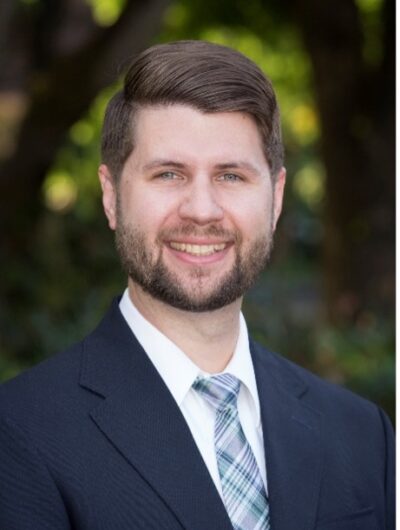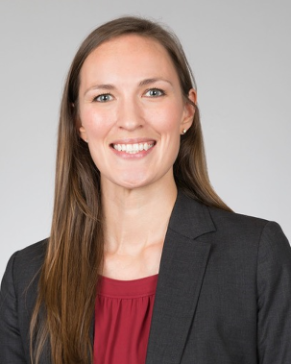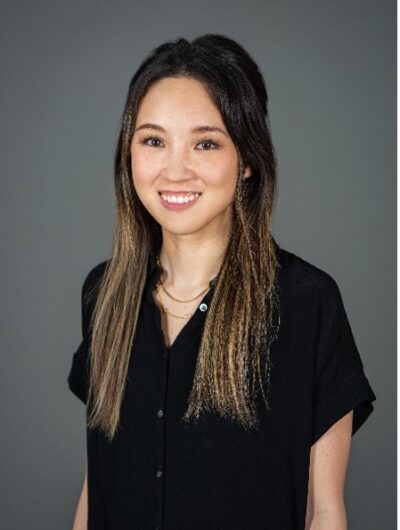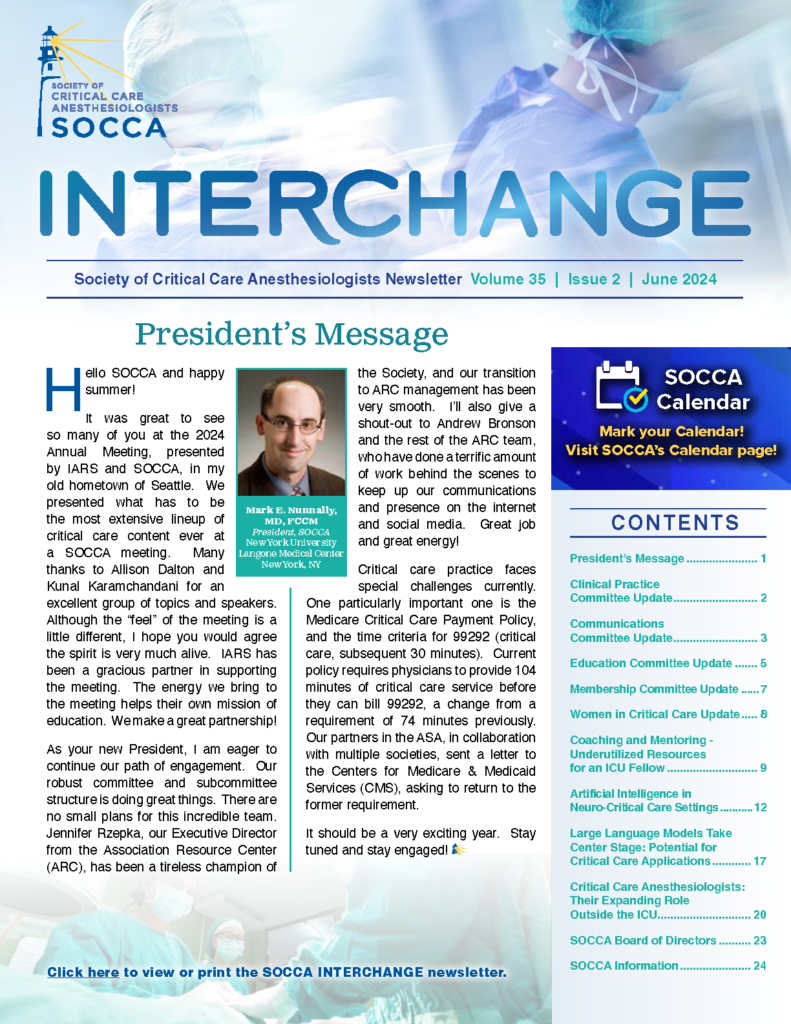Pro/Con Discussion: Integrated Critical Care Training
Pro/Con Discussion of Integrated Critical Care Training with the Program Director, current chief fellow and a practicing graduate of OHSU
Alan Kovar, MD, MBA; Program Director Anesthesia Critical Care Medicine fellowship, Oregon Health & Science University
As anyone who knows me will tell you, I am passionate about anesthesiologists in critical care. I strongly believe we bring such a wealth of unique strengths to this practice that it has overcome my own reluctance to lead. I am privileged to get to share with you some of the novel and interesting ideas from our program as well as some of my story. Mostly, I want you to hear from our fellows because their experience is ultimately the true metric of whether we are succeeding or not. We offer both a traditional fellowship track as well as an integrated program known as the Oregon Scholars Program or OSP. The OSP was the first anesthesia program of its kind approved by the ACGME. From the outset our department has believed strongly that innovation and creativity are essential to the maintenance of our well-deserved reputation as leaders in research, critical care, and patient safety. This program which integrates a Critical Care Fellowship into anesthesia residency welcomed its first class in 2006 and has welcomed two fellows per year since. These trainees are integrated into the critical care group and our didactics from the outset and complete their fellowship rotations over the final 24 months of their training. There are a wealth of graduates practicing nationally, both in private and academic settings. It is truly one of my favorite parts of my job to interact with these learners.
Although my own experience during fellowship was excellent clinical and didactic training, I felt even before I left and more upon reflection, that there were distinct limitations. Like many critical care fellows, I went to a residency which did not have a fellowship in critical care at the time. This meant I had to spend significant time and money interviewing for a 1-year position and then moving my family at the end of training for an additional year. Although I loved my fellowship, I spent a good part of it learning the ropes of the institution and less really delving into critical care in its theory or practice. Along with this, invariably as the newcomer, I spent a good deal of time convincing my institution that I was to be trusted. Finally, the traditional fellowship requires something of the learner which you will never do in practice again. Months and months of critical care time back-to-back. Even though I love critical care I definitely exhibited signs of burnout at the end of this time period. This led me to reflect, even before I left fellowship, that maybe there was an easier way.
Danielle Desjardins, MD, PhD; Chief Fellow 2022-2023, Oregon Health & Science University
After interviewing all over the country, the OHSU critical care OSP was my top choice, and I was overjoyed to match here. Knowing where I would be for the next 5 years was a big appeal for me, but I also liked that I would be learning critical care throughout my residency. Critical care conferences were integrated into training from the start–sessions that are held monthly for trainees at all stages of the program. This platform gave me the opportunity to meet faculty and senior residents early in my training who have mentored me along the way. When my coresidents were taking time away from training to interview for fellowship, I didn’t have that added stress or cost. I also haven’t experienced much burnout in my CA3 year since I switch between anesthesia and ICU rotations month to month. Switching between the two more closely mimics what my future practice will look like and makes for a much more manageable schedule. I also find myself using the skills and knowledge learned in the ICU in my anesthesia practice, and vice versa.
I acknowledge that continuing at the same institution is perhaps the OSP’s greatest strength and weakness. A trainee in this program foregoes the opportunity to experience how critical care is practiced elsewhere; however, I feel the rapport I have built in my residency years has allowed for a natural progression of responsibility and trust from the rest of the ICU team. I haven’t had to focus on gaining trust or learning a new system and instead have been able to truly focus on learning patient management skills and building my knowledge base. Continuing fellowship here feels like a natural extension of my training. I can’t really imagine doing this training any other way.
Samantha Go, MD; Graduate 2021; Currently private practice in Vancouver, Washington
I was hesitant to consider a critical care fellowship because the idea of spending an entire year out of the operating room and solely in the ICU was not appealing to me. It was only when I heard I would be able to join OHSU’s integrated critical care program that I chose to pursue an ICU fellowship. I found that alternating between the ICU and OR during my CA3 and CA4 years made for very complementary training experiences. I always felt that the knowledge I gained in each environment would build on the other. Furthermore, getting to cultivate relationships with and find mentors in my ICU attendings was easier accomplished over the course of a few years starting as a resident rather than in just one fellowship year. I also felt more equipped to hit the ground running as a fellow as I was already familiar with the unit and staff. While going to a new institution for fellowship and gaining exposure to a different manner of practicing critical care could certainly be advantageous, I did not feel limited by my training in just one hospital system when I took my first ICU job.
I feel extremely lucky I was able to join the integrated program as a CA1, as I think one of the greatest downsides of the program is relying on a medical student’s ability and desire to commit to 5 years of training, often without significant ICU exposure. When I started anesthesiology residency, I was open to the idea of doing a fellowship but did not have any particular one in mind. During my intern year, a critical care fellowship was at the bottom of my list of interests because I was eager to be in the OR, and quite frankly taking care of ICU patients was very intimidating to me. After returning to the ICU part way through my CA1 year, I realized how much more comfortable I felt with ICU patients now that I had some anesthesiology experience. Ventilators and sedation and pressors were no longer scary and unfamiliar, and I enjoyed having a timeframe of hours to days to manage and optimize these things. Despite very much enjoying providing this kind of care, an entire year straight in the ICU was not something I felt capable of. I’m very grateful for my ICU fellowship now, but I don’t think I ever would have pursued it if an integrated training program hadn’t been an option.
Alan Kovar, MD, MBA; Program Director Anesthesia Critical Care Medicine fellowship, Oregon Health & Science University
Before we let you go, I want to spend a few moments thanking Dr. Go and Dr. Desjardins for sharing with us and for all their efforts as fellows in our program. It is only through the tireless work and study of our fellows that we succeed. Regardless of the path taken I remain a staunch proponent of critical care training in anesthesia. I genuinely believe it makes us some of the most skilled and versatile anesthesiologists and brings a unique perspective to our work. For those who know with some degree of certainty that they want to pursue critical care, a novel program such as the OSP brings a holistic and possibly more gentle approach to this training. I am well aware that not everyone knows early on that Critical Care is something they are interested in and for that reason alone I do not see a future where we do not have traditional track spots. For our traditional track fellows, although their training will involve more back-to-back ICU rotations, they are integrated along with the other fellows from day one and in short order are indistinguishable from the integrated fellows. The traditional fellows bring their own expertise which I truly believe adds to the depth and rich fabric of our program. I welcome any interested parties to reach out to me to discuss either pathway and will remain strongly supportive of your endeavors towards anesthesia critical care regardless of how and where you choose to pursue it.






































